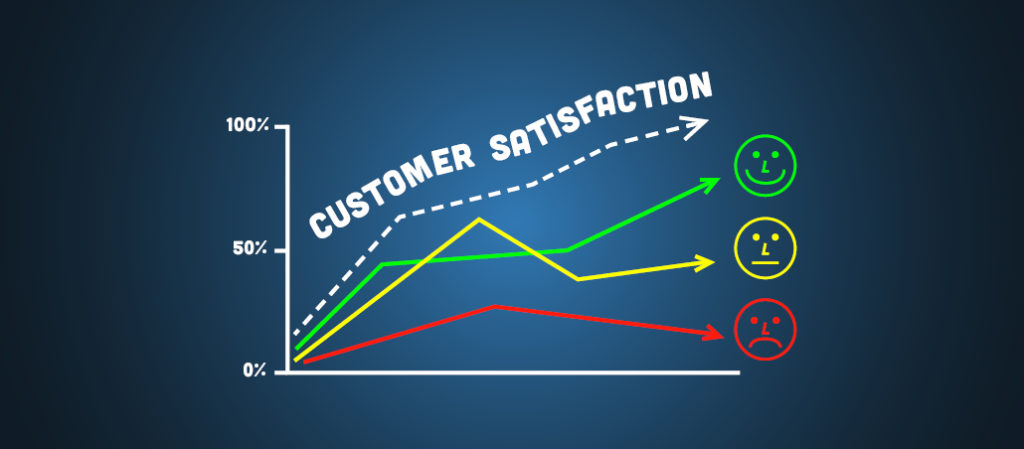How would it be if you could know what your target masses are talking about your products on social media? Amazing, right! Or, how would it be to get the essence of a very long article on your service? I know, it has its worth weighed in gold.
Artificial Intelligence or more specifically Natural Language Processing (NLP) base Text Sentiment Analysis does exactly this for you.
What Is Text Sentiment Analysis

Sentiment analysis, also known as Opinion Mining, is a technique that identifies and extracts the opinion of any text or content. It also extracts attributes i.e.:
- If the text contains positive or negative opinions
- Who expressed the opinion
- About what the opinion is made
How It Is Helpful For Businesses?

Sentiment analysis is helpful in structuring unstructured data that contains a general public opinion that people express about services, products, politics, brands, etc. In turn, businesses can use this data for commercial purposes. This information is very helpful in public relations, marketing analysis, product feedback, product review, improving customer service and planning future target audience/customer. Text sentiment analysis can be used in:
- Customer service
- Social media marketing
- Market research and analysis
- Brand monitoring
- Product analysis
- Workforce analytics
- Voice of employees
- Voice of customers
How It Could Be Done
Sentiment analysis can be applied at different scopes:
- Entire document or paragraph sentiment analysis
- Single sentence sentiment analysis
Also, there are different kinds of sentiment analysis that can extract the polarity of the text (negative or positive), emotions and feelings, advice, and intentions:
- Emotion detection: Fine-grained sentiment analysis: It usually describes a précise level of the polarity of any opinion. Apart from negative, positive, or neutral, it will define bad, very bad, good, very good, anger, worries, sadness, love, happiness, etc.
- Aspect based analysis: It will define the aspects around which opinion has been made. For instance, on social media people are often talking about the camera feature of a particular phone. Some may find it bad and some may find it good; this will describe the opinion along with the aspect.
- Intent Sentiment analysis: It can be described as something more than sentiment analysis as it detects what people want rather than what their opinions are. For instance, a customer wants to exchange a product and he submits the request. This type of sentiment analysis is quite difficult to extract with the current levels of NLP.
Automatic Sentiment Analysis Algorithm

Automatic sentiment analysis algorithm based on NLP and machine learning techniques are modeled as a classification problem. Text is used as input to a classifier that describes the category of the text i.e. whether the text is positive, negative or neutral (if polarity analysis is performed). There are components and steps involved in this analysis task such as the training and prediction process. The text needs to be fed into the system and classifier classifies the text based on emotion and opinions.
Sentiment analysis proposes businesses to connect with their consumer groups in lesser time and effort. At current levels, text sentiment analysis can achieve 70-80% accuracy. Businesses are getting benefits from these techniques and improving their business day by day with consumers’ feedback and demands. If you are still not using this technique, you must think about it. If you need any help or want to contact an expert you can drop an mail at enquiry@queppelintech.com.






